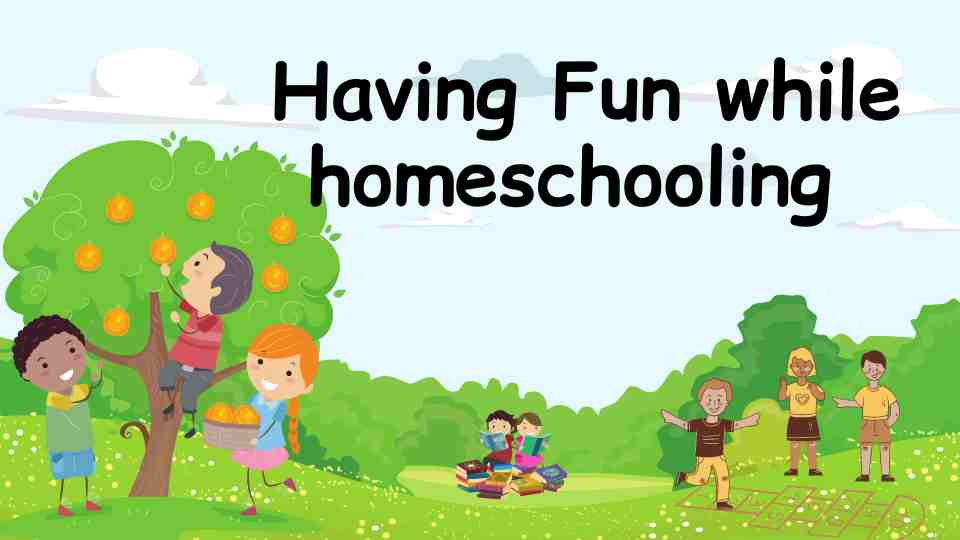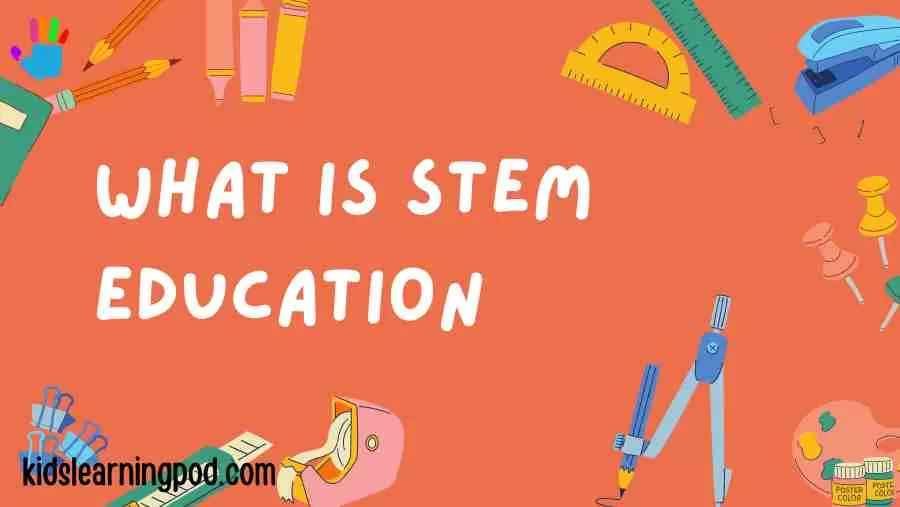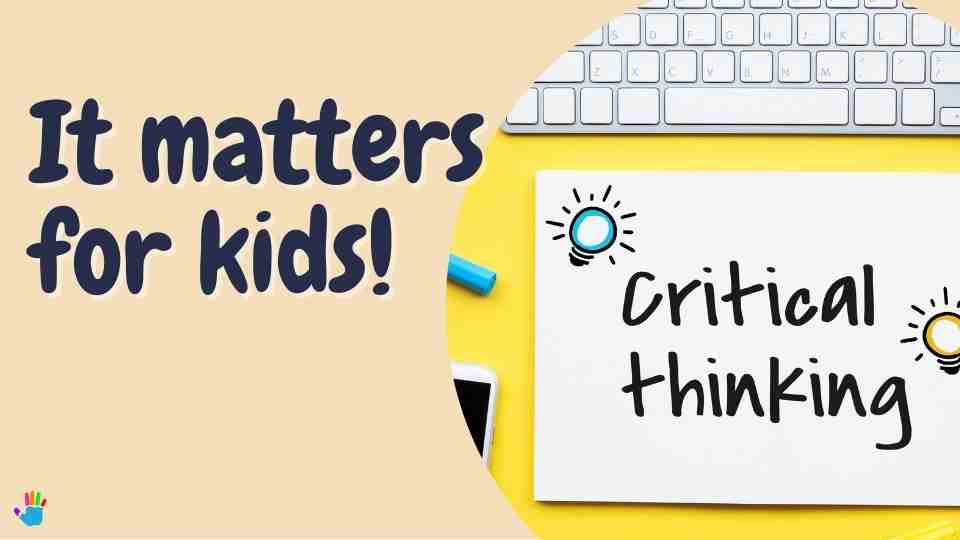Nail Biting Solution for Toddlers is one of the most researched terms among parents of 2 years old kids. It is a common habit among toddlers and young children. It can stem from various reasons, including anxiety, boredom, or imitation of others. While nail biting may seem harmless, it can lead to several issues such as nail infections and dental problems. As a parent, it’s essential to address this habit early on and provide effective solutions to help your child break the habit. In this article, we will discuss 15 practical tips to assist you in guiding your toddler towards overcoming nail biting.
Engage Restless Hands with Fun Alternatives
Instead of battling your child’s nail-biting habit, redirect their wandering hands with engaging alternatives. Identify the triggers, like watching TV or riding in the car, and offer substitutes such as finger puppets, squeezable balls, or bendable toys. Keeping their hands occupied will help break the nail-biting cycle and provide a fun and productive outlet for their restlessness.
Understanding the Causes of Nail Biting
Before diving into the solutions, it’s important to understand why toddlers engage in nail biting. Toddlers may bite their nails due to anxiety, nervousness, boredom, or even imitation of family members or friends. By identifying the underlying cause, you can better address the issue and find suitable solutions.
Recognizing the Impact of Nail Biting Solution for Toddlers
Nail biting can have several negative effects on your toddler’s health and well-being. It can lead to skin infections, damage to the nail bed, and misalignment of teeth. Additionally, it may affect your child’s self-esteem and confidence. Recognizing the impact of nail biting will motivate you to take the necessary steps to help your child overcome this habit.
Communicating with Your Toddler about Nail Biting
Open and honest communication is key when addressing any habit with your toddler. Talk to your child about nail biting, explaining why it’s important to stop. Use simple language and emphasize the potential consequences. Encourage your toddler to express their feelings and reassure them that you are there to support them throughout the process.
Setting a Positive Example
Children often imitate their parents’ behaviors. By being mindful of your own nail-biting habits and avoiding them in front of your child, you can set a positive example. Seeing you refrain from nail biting will inspire your toddler to follow suit.
Creating Distractions and Alternatives
Provide your child with distractions and alternatives to keep their hands busy. Engage them in activities that require the use of hands, such as playing with clay, puzzles, or coloring. These activities will redirect their focus away from nail biting and promote healthier habits.
Establishing a Reward System
Implement a reward system to motivate your child to stop biting their nails. Set achievable goals and offer small rewards for each milestone they reach. Rewards can include stickers, a favorite treat, or extra playtime. The positive reinforcement will encourage your toddler to continue their efforts such as using pop it toys (amazon).

Encouraging Healthy Habits
Teach your child about the importance of maintaining good hygiene. Explain the concept of germs and how they can spread through nail biting. Encourage them to wash their hands regularly and maintain clean nails. By emphasizing the benefits of healthy habits, your child will develop an understanding of the importance of avoiding nail biting.
Practicing Stress-Relief Techniques for Nail Biting Solution for Toddlers
Nail biting can often be triggered by stress or anxiety. Teach your toddler simple stress-relief techniques, such as deep breathing exercises or engaging in calming activities like reading a book or listening to soft music. These techniques will help your child manage their emotions and reduce the urge to bite their nails.
Keeping Nails Trimmed before it happens again
After the habit breaks, it is easy to get back to it. Trimming your toddler’s nails regularly can make it less tempting for them to bite. Shorter nails are less likely to catch their attention and reduce the habit of nail biting. Use child-friendly nail clippers and ensure you trim their nails gently to avoid any discomfort. Remember, do not trim those nails which are already bitten and cut away from their sharp teeth. It can harm their little fingers.
Seeking Professional Help, if Necessary
If your child’s nail biting habit persists despite your efforts, it may be beneficial to seek professional help. Consult with your pediatrician or a child psychologist who specializes in behavior management. They can provide additional guidance and strategies tailored to your child’s specific needs.
Using Bitter-Tasting Nail Polish
Bitter-tasting nail polishes designed specifically for nail biters can be effective in deterring toddlers from biting their nails. Among other Nail Biting Solution for Toddlers, this is one of the least popular ones. Apply a thin layer of the polish to your child’s nails, and the unpleasant taste will discourage them from putting their fingers in their mouth. Ensure the product is child-safe and non-toxic.
Utilizing Thumb and Finger Guards
Thumb and finger guards are devices that fit over your child’s thumb or fingers, making it physically difficult for them to bite their nails. These guards are designed to be comfortable and safe while preventing access to the nails. Using these guards can help break the habit and redirect your child’s focus elsewhere.
Implementing Visual Cues and Reminders
Create visual cues and reminders to help your toddler become more aware of their nail-biting habit. For example, place colorful stickers on their nails or tie a colorful string around their wrist. These visual cues serve as gentle reminders to stop biting their nails whenever they catch a glimpse of them.
Providing Emotional Support
It’s crucial to provide emotional support to your toddler throughout their journey of overcoming nail biting. Offer words of encouragement, praise their efforts, and reassure them that breaking the habit takes time. Remind them that you are there to support them every step of the way.
Being Patient and Persistent
Breaking any habit takes time and patience. Understand that progress may not happen overnight, and there may be setbacks along the way. Stay persistent in implementing the strategies discussed and maintain a positive attitude. With your continuous support and consistency, your child will eventually overcome their nail-biting habit.
Nail biting can be a challenging habit for toddlers to break, but with the right approach and support, it is possible. By understanding the underlying causes, implementing practical solutions, and providing emotional support, you can help your child overcome nail biting and promote healthier habits. Remember to be patient, persistent, and maintain open communication with your child throughout the process.

FAQs (Frequently Asked Questions)
- Is nail biting harmful to my toddler’s health?
- Nail biting can lead to nail infections and dental problems, so it’s important to address the habit.
- How long does it take for a toddler to break the nail-biting habit?
- The timeline varies for each child, but with consistent efforts, most toddlers can break the habit within a few weeks to a few months.
- Can stress-relief techniques help in stopping nail biting?
- Yes, teaching your toddler stress-relief techniques can help them manage their emotions and reduce the urge to bite their nails.
- What if my toddler resists using bitter-tasting nail polish?
- If your toddler resists the taste of the polish, explore other alternatives such as thumb or finger guards.
When should I seek professional help to seek solutions for toddler’s nail biting habbit ?
If your toddler’s nail biting habit persists despite your efforts and begins to significantly affect their daily life or cause harm to their nails or teeth, it may be beneficial to seek professional help. Consult with your pediatrician or a child psychologist who can provide specialized guidance and strategies to address the underlying issues contributing to the habit.
Can nail biting in toddlers be a sign of anxiety?
Yes, nail biting in toddlers can be a sign of anxiety or nervousness. It is essential to observe your child’s behavior and emotional well-being. If you notice other signs of anxiety along with nail biting, such as restlessness, irritability, or difficulty sleeping, consider discussing your concerns with a healthcare professional.
Are there any alternative solutions to help toddlers stop nail biting?
In addition to the strategies mentioned in this article, there are a few alternative solutions you can explore. Some parents find success in using sensory toys or fidget spinners to redirect their child’s urge to bite nails. You can also try applying aloe vera gel or hand lotion to keep your toddler’s hands moisturized, making their nails less appealing to bite.
How long does it take for a toddler to implement Nail Biting Solution for Toddlers?
The timeline for breaking the nail-biting habit varies for each child. It depends on factors such as the severity of the habit, the child’s age, and their willingness to cooperate. With consistent implementation of the suggested strategies and a supportive environment, many toddlers can overcome nail biting within a few weeks to a few months.
Are there any long-term effects of nail biting in toddlers?
Nail biting in toddlers can have both short-term and long-term effects. In the short term, it can lead to infections and damage to the nail bed. Over time, persistent nail biting can cause misalignment of teeth and potential oral health issues. By addressing the habit early on, you can minimize the risk of long-term effects.
Conclusion
In conclusion, helping your toddler break the nail-biting habit requires patience, understanding, and consistent effort. By implementing the outlined strategies and providing the necessary support, you can guide your child toward healthier habits and prevent the potential complications associated with nail biting. Remember, every child is unique, and what works for one may not work for another. Stay positive, celebrate progress, and seek professional help if needed.
Read more about parenting in digital age.





